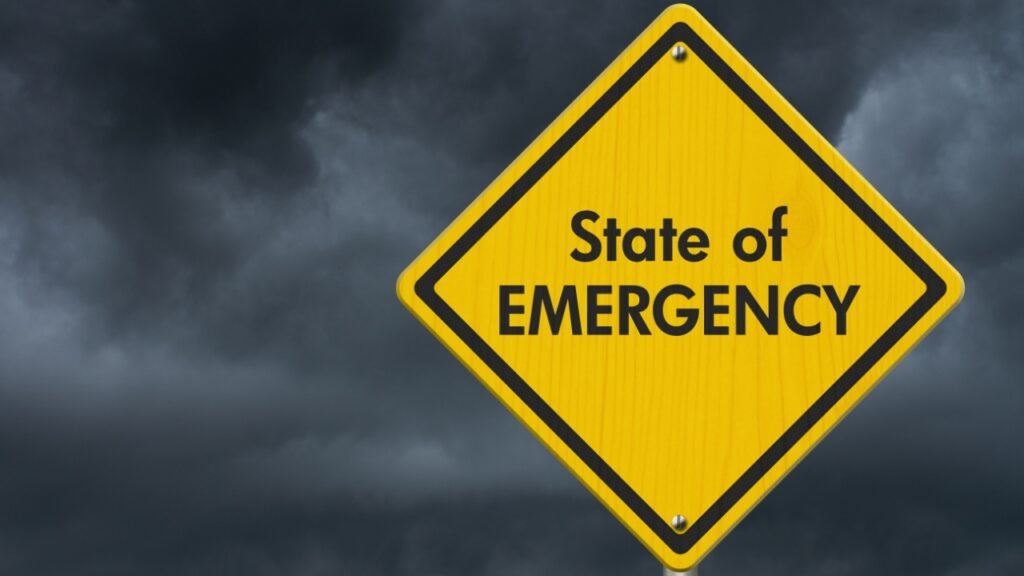
When disaster strikes, it can send shockwaves through our lives, disrupting our sense of normalcy and security. Whether facing the fury of natural events like hurricanes and earthquakes or dealing with the aftermath of man-made events, the path forward can seem fraught with obstacles. Yet, it is possible to navigate this upheaval by following a structured approach to recovery and resilience.
Step 1: Ensure Your Safety
In the immediate aftermath of a catastrophe, your foremost concern should be the safety of yourself and your family. If you’re caught in a precarious situation, seek a safe shelter or evacuate according to guidance from emergency services. Once you are in a secure environment, assess yourself and those with you for any injuries and obtain the necessary medical attention as swiftly as possible. Remember, addressing physical health first lays the foundation for a successful recovery process.

Step 2: Assess the Damage
Once safety is secured, the next step is to carefully evaluate the damage inflicted on your home and possessions. This process is crucial not only for your immediate understanding of the impact but also for future claims and compensation. Take detailed photographs and make comprehensive notes describing the damage. This documentation will be invaluable when interacting with insurance companies and aid organizations, helping to ensure that you receive the appropriate support and resources during your recovery.
Step 3: Reach Out for Help
Isolation can exacerbate the challenges of post-disaster recovery. Proactively reaching out for help can provide both practical and emotional support. Inform family members and friends of your situation and explore potential avenues for assistance. Additionally, engage with local authorities, relief organizations, and your insurance provider to tap into available resources. This network of support is crucial not only for immediate relief but also for the longer-term rebuilding process.
Step 4: Start the Cleanup Process

When it’s safe to return, begin the cleanup process by wearing appropriate protective gear to safeguard against potential hazards such as shattered glass, exposed nails, and other dangerous debris. Prioritize clearing out hazardous materials and salvaging items that are essential or of personal significance. The process of cleaning up can be physically demanding and emotionally taxing, so consider seeking assistance from community groups or professional services if needed.
Step 5: Take Care of Yourself
In the wake of a disaster, it’s common to focus solely on immediate and practical needs, neglecting personal well-being. However, maintaining your health is critical to managing the stress and challenges of the situation. Ensure you are consuming balanced meals, staying hydrated, and resting adequately. Pay attention to your mental health as well; it’s perfectly valid to seek counseling or support groups to help navigate the emotional aftermath of a crisis.
Step 6: Plan for the Future
As you begin to find your footing again, it’s wise to think ahead and prepare for any future emergencies. Reflect on the recent experience and identify what could have been done differently. Investing time in preparing an emergency kit, reviewing and updating insurance coverage, and forming a clear evacuation plan are all steps that enhance your readiness for unexpected events.

Rebuilding after a disaster is a journey that requires time, patience, and resilience. By taking deliberate and informed steps towards recovery, and leveraging the support of your community and available resources, you can reestablish a sense of stability and control. Remember, each step forward is progress, and with collective strength and determination, we can overcome the challenges posed by even the most severe catastrophes.

